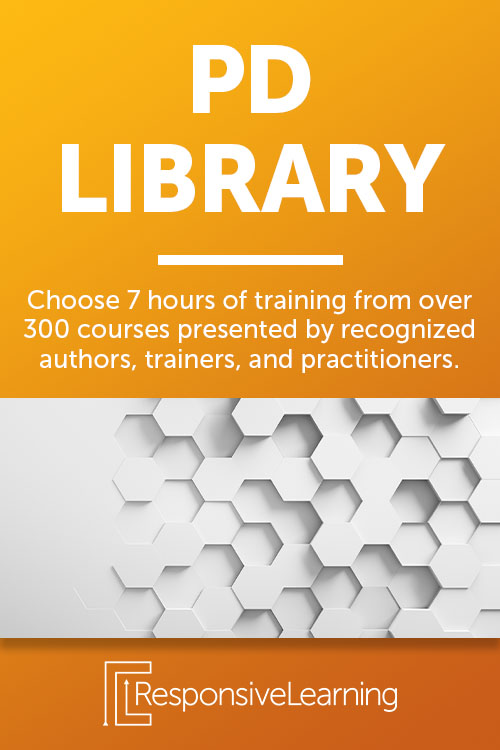Liam is a student who was born deaf, but aside from his disability, you would have no idea that he was different from his peers. His eagerness and enthusiasm for learning are not diminished by the fact that he’s unable to hear. Resilience and determination helps him overcome challenges.
Through LRE, Liam is provided with the assistance required for him to have the same learning experience alongside his friends. Keys to Special Education – Least Restrictive Environment dives into everything you need for ensuring students with disabilities are educated with their specific needs in mind.
Understanding LRE
LRE stands for the least restrictive environment in a classroom. It serves as part B of the Individuals with Disabilities Education Act (IDEA) after Free and Appropriate Public Education (FAPE). Based on their individual needs, students with disabilities are required to be educated alongside their nondisabled peers to the maximum extent possible.
Every year, student placement should be considered with general education as a priority. If a student with disabilities is unable to be educated in the general education classroom due to the nature or severity of their disability, they will be placed in a more restrictive setting, such as a separate class or school.
Fifteen-year special education teacher Ayo Jones explains the policy, procedure, and practice of LRE in her engaging course. She is a veteran educator, author, and founder of Noodle Nook – an online resource for teachers in special education.
Individualized Instruction
LRE will always prioritize having students with disabilities in a general education setting with learning supports and supplemental aids. A child should not be placed in a more restrictive environment simply because it’s more convenient. Many factors must be taken into consideration.
Jones explains, “Children have the legal right to be educated in the general education classroom if their needs can be met there, and we as educators need to follow a continuum of service for that.” Consider the specific child and their unique needs rather than making generalizations based solely on their disability.
Remember to weigh the pros and cons of potential helpful and harmful effects regarding placement. Where will the student benefit most? How might their behavior impair the learning of other students? How can you help them thrive?

Collective Support
As an educator, you are responsible for providing the accommodations and modifications necessary for a student with disabilities to learn the curriculum. Accommodations change how a student learns, and modifications alter the content of what the student learns. Both adjustments support LRE in the general education setting.
For example, a student who is deaf would be provided with an ASL interpreter as accommodation for learning. Teachers can be given additional PD and training to learn sign language as well so that they can communicate directly with the student. Learning in LRE is best achieved when educators collectively work together to support and provide students with disabilities the tools they need for academic success.
Interested in learning more about how you can help your students grow and thrive? Explore the course demo on Keys to Special Education – Least Restrictive Environment today!

